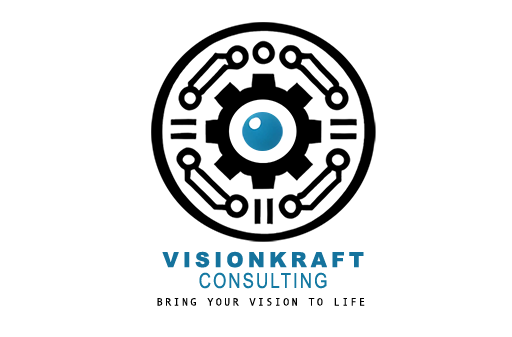
implementing-ai-driven-telemedicine-solutions:
doing-ai-driven-telemedicine-solutions:
What You Need to Know About Implementing AI-Driven Telemedicine Solutions
In the dynamic landscape of healthcare, the integration of artificial intelligence (AI) into telemedicine has been a game-changer. As technology advances, the adoption of AI-driven telemedicine solutions is increasingly becoming essential for improving healthcare accessibility and efficiency. This blog post delves into the nuances of doing these solutions, highlighting the latest trends, benefits, and practical applications.
Understanding AI-Driven Telemedicine
AI-driven telemedicine leverages artificial intelligence to enhance virtual healthcare services. By integrating AI, healthcare providers can offer more personalized and prompt care, leading to better patient outcomes. This technology encompasses various applications including diagnostics, patient management, and treatment recommendations, which are pivotal in today’s healthcare scenario.
The Benefits of AI-Driven Telemedicine
One of the foremost benefits of AI-driven telemedicine is its ability to analyze vast amounts of data quickly and accurately. This capability ensures that healthcare providers can make informed decisions faster and more reliably. Furthermore, AI-driven telemedicine can significantly reduce the workload on healthcare professionals by automating routine tasks and patient monitoring, thus allowing them to focus more on critical care and patient interaction.
Enhanced Accessibility and Convenience
AI-driven telemedicine solutions make healthcare services accessible to remote and underserved areas where traditional medical help might be scarce. Patients can receive high-quality care from the comfort of their homes, reducing the need for travel and minimizing the strain on healthcare facilities.
Cost Efficiency
Implementing AI in telemedicine can also lead to substantial cost savings for both healthcare providers and patients. By minimizing the necessity for in-person visits, both parties can save on transportation and associated costs. Moreover, AI can help in predicting patient admissions and readmissions, thereby optimizing resource allocation and reducing unnecessary expenses.
Implementing AI in Telemedicine: Key Considerations
When doing AI-driven telemedicine solutions, several factors must be considered to ensure success and efficacy.
Data Privacy and Security
With the increase in data breaches and cybersecurity threats, protecting patient data is paramount. Implementing robust security measures and complying with healthcare regulations such as HIPAA in the U.S. are critical.
Integration with Existing Systems
For AI-driven telemedicine solutions to be effective, they must seamlessly integrate with existing healthcare systems. This integration ensures that patient data is synchronized across platforms, providing a holistic view that is essential for effective treatment.
Patient and Provider Adoption
The success of AI-driven telemedicine also hinges on the willingness of both patients and healthcare providers to adopt this new technology. Educating both parties about the benefits and potential of AI-driven telemedicine is crucial for its widespread acceptance.
Real-World Examples and Case Studies
Several healthcare providers have successfully doed AI-driven telemedicine solutions with significant positive outcomes.
– Example 1: In rural areas, AI-driven diagnostic tools have enabled healthcare providers to detect and treat diseases such as diabetes and cardiovascular conditions early.
– Example 2: AI-powered chatbots have been effectively used to handle routine inquiries, schedule appointments, and provide patients with reliable health information, thereby enhancing the efficiency of healthcare services.
Conclusion: Embracing the Future of Healthcare
AI-driven telemedicine is not just a technological advancement; it is a revolutionary approach that is reshaping the future of healthcare. By leveraging AI, healthcare providers can offer more personalized, efficient, and accessible care. As we move forward, the integration of AI into telemedicine will continue to evolve and play a critical role in the global healthcare landscape.
Key Points Summary
– AI enhances healthcare efficiency and decision-making.
Error fetching quote from OpenAI.
– It provides accessibility to underserved regions.
– Security and proper integration are essential for successful doation.
Call to Action
Are you ready to transform your healthcare services with AI-driven telemedicine solutions? Contact VisionKraft today to explore how our expertise in AI and healthcare technology can benefit you.
Further Reading and Resources
– Telemedicine Implementation Guidelines
– AI in Healthcare: Current Trends and Future Potential
– Data Security in Telemedicine
By staying informed and proactive, healthcare providers can harness the power of AI to enhance their services and patient care. AI-driven telemedicine is not just the future; it’s here, and it’s accessible with VisionKraft’s innovative solutions.
Thank you for taking the time to read our blog! We hope you found the information valuable and insightful. If you have any questions, comments, or topics you’d like us to cover in future posts, please don’t hesitate to reach out. Stay tuned for more updates, and don’t forget to subscribe to our newsletter for the latest news and insights.
Warm regards,
The VisionKraft Consulting Team
